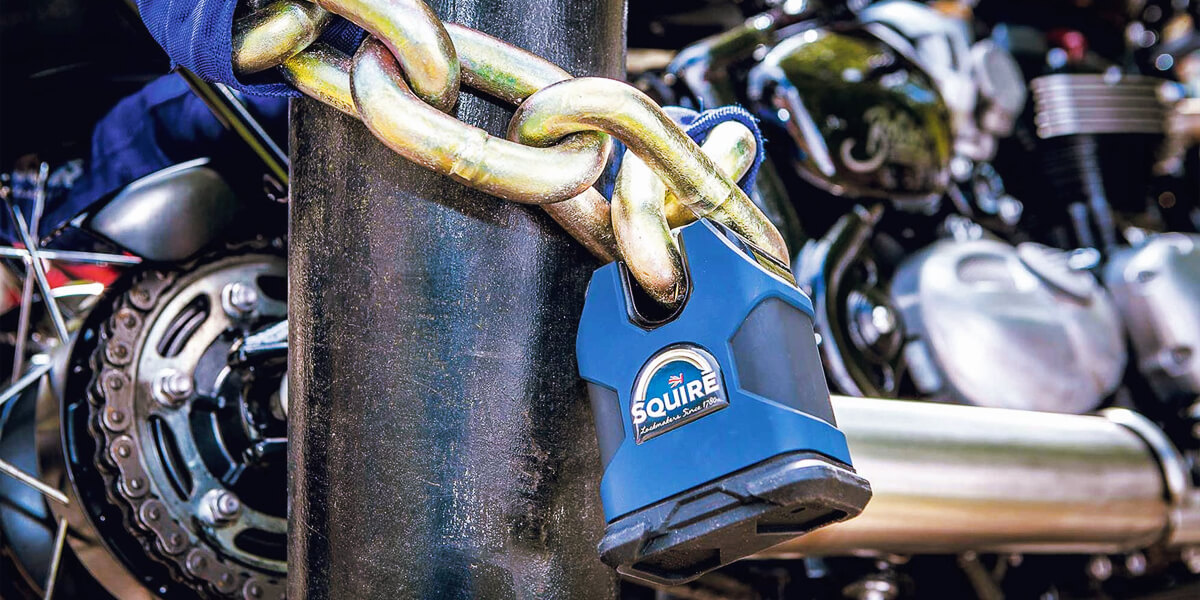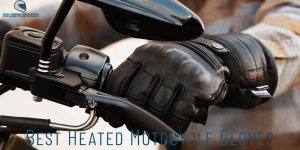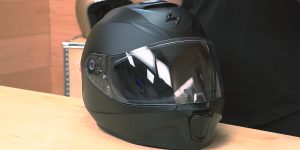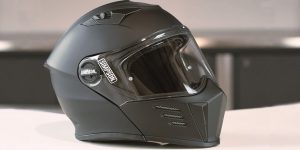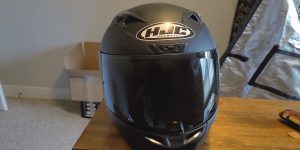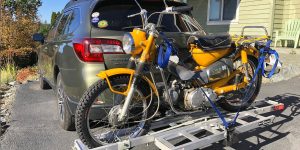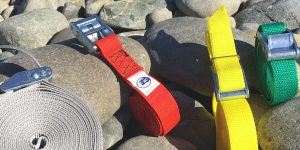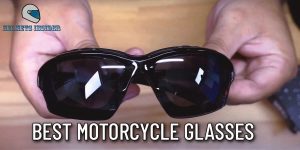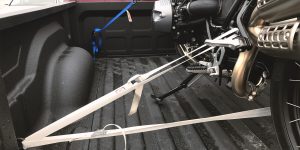Motorcycles are a popular mode of transportation that millions of people use every day. Unfortunately, they are also a popular target for thieves. As motorbike theft continues to be a major concern for riders worldwide, it is important to take proactive steps to prevent motorcycle theft and safeguard your prized possession. Not only does the theft of a motorbike result in a significant financial loss, but it can also cause immense emotional distress for the rider. Losing a mode of transportation that is often a passion and a source of pride can be devastating, and the inconvenience of replacing a stolen mate can be a major disruption to daily life.
In my experience, riders need to take preventative measures to protect their bikes from theft. In this guide, I will share common methods of motorbike theft, their impact on riders, and, most importantly, effective strategies for motorcycle theft prevention.
Understanding motorcycle theft
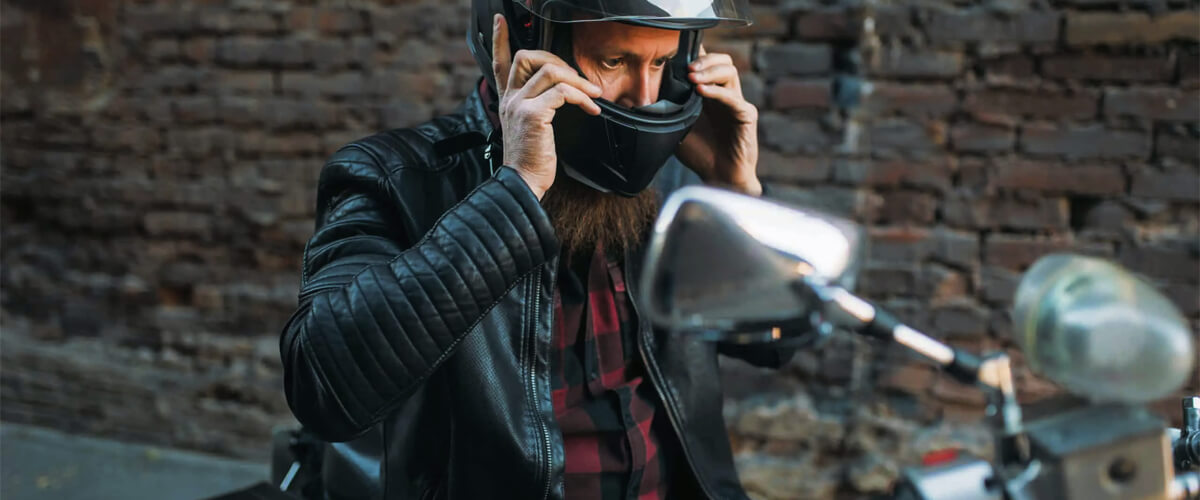
Motorbike theft is a significant issue that can impact any rider at any time. Thieves are often drawn to motorbikes because they are easy to steal, and their parts can be sold for a high price. In this section, we will explore common methods thieves use to steal such modes of transport and ways to prevent them from happening to you.
- One of the most common methods thieves use is to simply cut the lock or chain that secures the bike to a fixed object, such as a lamppost or fence. This is usually done with a pair of bolt cutters, which can easily cut through most chains and locks. Thieves may also use angle grinders to cut through chains or locks that are more difficult to break.
- Another common method used by thieves is to steal the key. This can be done by stealing the key from the rider or breaking into the rider’s home and taking the key. Thieves may also use electronic devices to hack into the motorcycle’s security system and clone the key. This method of theft is particularly concerning, as it allows thieves to transport the stolen motorbike to a location where they can dismantle it for parts or sell it on the black market. Additionally, thieves may use a stolen van or truck to commit other crimes, making it more difficult to trace the stolen bike.
- In recent years, thieves have also started using sophisticated methods such as GPS jammers and immobilizers to steal motorcycles. GPS jammers can block the signal from the motorbike’s GPS tracking device, making it impossible to locate the bike. Immobilizers can disable the motorbike’s ignition system, making it impossible to start the bike without the correct key.
- Garage or home break-ins: Some riders lock up a motorcycle in the garage. Thieves may break into a garage or home in order to steal it. This is more likely to happen if the garage or home is not properly secured or the bike is visible from outside.
- Fraudulent sales: Thieves may try to sell stolen motorcycles through online marketplaces or in-person sales, often using fake identification or other fraudulent means to avoid detection.
Based on my experience, I’d recommend you use multiple layers of security, such as a high-quality lock or chain, an alarm system, and a GPS tracker. It is also important to park in well-lit areas and keep the bike out of sight when not used. By taking these precautions, you can reduce the risk of your motorbike being stolen and protect your bike from theft.
Best practices for preventing motorcycle theft
Motorcycles are generally easy to steal if you compare them to other types of vehicles due to their smaller size and lighter weight, which makes them more portable and easier to move. As someone who has conducted extensive studies on bike theft prevention, I can say that it doesn’t matter whether you own a high-performance sport bike or a classic cruiser, the risk of theft is always present. However, there are many steps you can take to keep the motorcycle from being stolen. In this guide, we will discuss the best practices for preventing motorbike theft:
- Park your motorbike in a safe and secure location. Look for well-lit areas that are visible to the public, and avoid leaving your motorbike in isolated or secluded spots. If possible, park your bike in a garage or behind a locked gate. You can also use a motorcycle cover to hide your bike from view and make it less appealing to thieves.
- Investing in high-quality locks and chains. Choose a lock that is difficult to break, and use it to secure a motorcycle to a fixed object such as a lamppost or fence. Consider using multiple locks or chains for added security. Additionally, installing an alarm system can alert you and others if someone attempts to steal your bike.
- Keep your motorcycle’s identification information up to date and register your bike with local law enforcement agencies. This can make it easier to recover your bike in the event that it is stolen. Be sure to record your motorcycle’s make, model, and vehicle identification number (VIN), as well as any distinguishing features such as custom paint or modifications. Keep this information in a safe place, and consider engraving your VIN onto your motorcycle’s frame for added protection.
- By staying alert and reporting any suspicious activity to the authorities, you can help prevent motorbike theft not only for yourself but also for other riders in your community. Remember, the more people who are watching out for suspicious activity, the harder it becomes for thieves to operate unnoticed.
Anti-theft devices
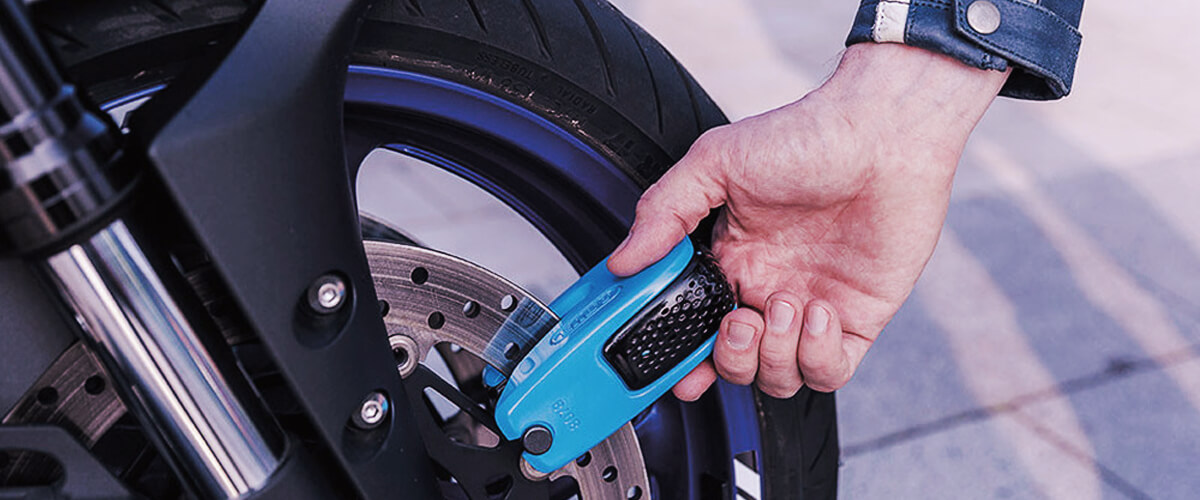
One of the best ways to theft-proof a motorbike is to install anti-theft devices that can provide an added layer of security for your bike. Here, I will share various types of anti-theft devices available for motorcycles and provide recommendations on choosing and installing the right device for your bike.
| Anti-theft Device | Description | Pros |
|---|---|---|
| Alarm system | Emits a loud noise when the bike is tampered with or moved without authorization, alerting the owner and deterring the thief. | Effective deterrent, easy to use. |
| Immobilizer | Disables the motorcycle’s ignition system, making it impossible to start the bike without the correct key. | Factory-installed on newer motorcycles, effective at preventing theft. |
| GPS tracker | Allows the owner to track the location of their bikes in real-time, making it easier to recover the bike if it is stolen. | Real-time tracking, easy to use. |
| Disc lock | Attaches to the motorcycle’s disc brake and prevents the wheel from turning. | Easy to use, affordable. |
| Chain lock | Can be used to secure the bike to a fixed object. | Highly visible and difficult to remove without proper tools. |
Taking additional precautions can provide added protection for your motorcycle. By combining these precautions with best practices and anti-theft devices, you can create multiple layers of protection that make it much more difficult for thieves to steal your motorbike. Remember, prevention is key when it comes to motorbike theft, so don’t hesitate to take as many precautions as possible to keep your bike safe.
Having seen many cases of motorbike theft, I can be sure that when choosing an anti-theft device for your bike, it is important to consider your specific needs and the make and model of your bike. Some anti-theft devices may require professional installation, while others can be easily installed by the owner. Additionally, be sure to use multiple layers of security for added protection, such as combining an alarm system with a GPS tracker and disc lock.
Additional precautions
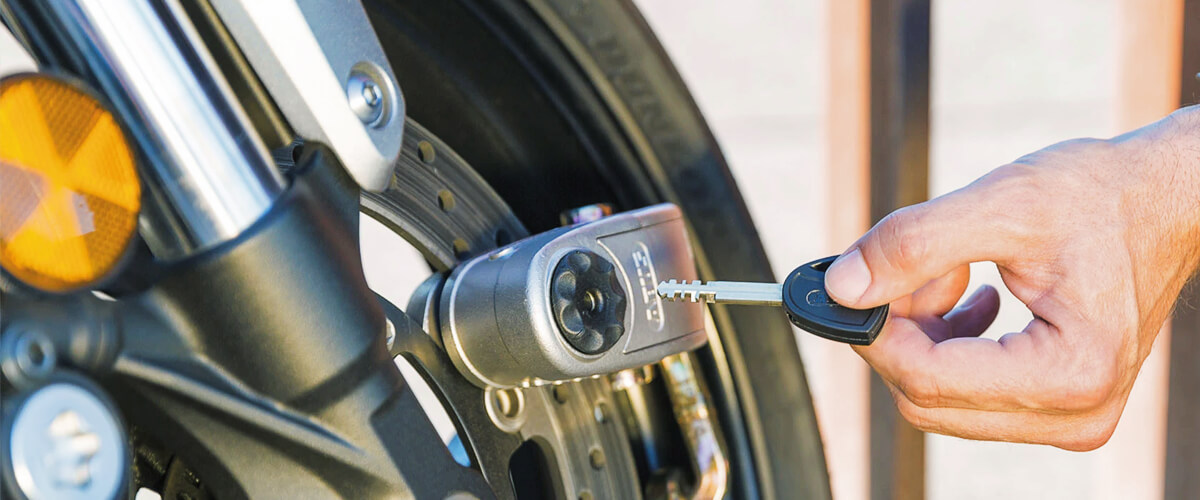
In addition to best practices for preventing motorbike theft and using anti-theft devices, additional precautions can be taken to protect your motorcycle. Here are some additional precautions you can take:
- Install security cameras in the area where you park your bike. This can help deter potential thieves and provide valuable evidence in case your motorcycle is stolen.
- Join community watch groups or online forums dedicated to preventing motorbike theft. These groups can provide valuable information on local theft trends and offer tips on how to protect your motorcycle. They can also help mobilize a community response in the event of a theft.
- Be cautious when lending your motorbike to others. Ensure that the person borrowing your bike is trustworthy and has a valid license and insurance.
- Consider purchasing theft insurance for your motorcycle. This can provide financial protection in the event that your motorbike is stolen.
- If your motorcycle is stolen, report the theft to the police and provide them with as much information as possible, including the make, model, and VIN of your bike. Notify your insurance company as soon as possible and provide them with any relevant information.
- If you witness a theft, do not attempt to intervene or confront the thief. Instead, call the police and provide them with as much information as possible, including the make and model of the motorbike, a description of the thief, and the direction they were heading. Do not touch or move any evidence, as this can interfere with the police investigation.
From my research and analysis, by taking these additional precautions and knowing what to do in the event of a theft, you can protect your motorbike and increase your chances of recovering it if the motorcycle is stolen.
FAQ
How common is motorcycle theft?
Unfortunately, motorbike theft is a common problem, with thousands of motorcycles being stolen each year in many countries. The actual numbers can vary based on location, with some areas experiencing higher theft rates than others. In general, motorcycles are more likely to be stolen than other types of vehicles, making it essential to take preventative measures to protect your bike.
Are certain types of motorcycles more likely to be stolen?
Yes, certain types of motorcycles are more likely to be stolen than others. Sportbikes and high-performance motorbikes tend to be targeted more often due to their high resale value and popularity among thieves. Additionally, older motorbikes that lack anti-theft devices or security features may also be at higher risk of theft.
How can I find out if my motorbike is at risk for theft?
One way to determine if your bike is at risk for theft is to research local theft trends and statistics. For example, look for information on the most commonly stolen motorbike makes and models in your area and take extra precautions if your motorcycle falls into these categories. Additionally, you can talk to other motorbike owners and community watch groups for insights into local theft activity.
Do I need to notify my insurance company if I install an anti-theft device on my motorcycle?
Yes, it’s a good idea to notify your insurance company if you install an anti-theft device on your bike. Many insurance companies offer discounts or reduced premiums for motorcycles equipped with anti-theft devices, so it’s important to let them know that you have taken this additional precaution. In some cases, your insurance company may require proof of installation before offering a discount or reduced premium.

